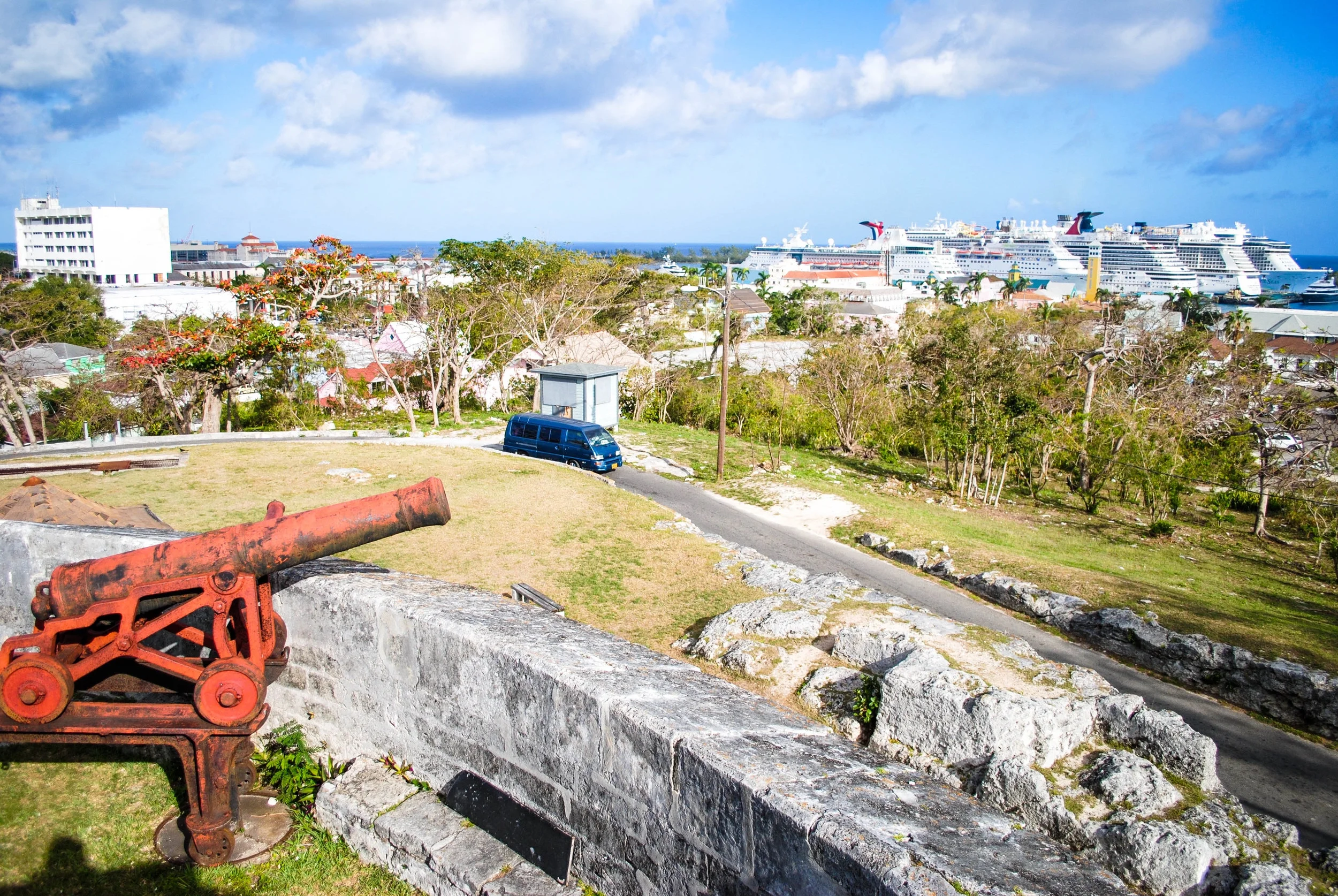The North Light Lighthouse is a bit removed from the designated parking lot. We drove our moped there early morning to catch the rising sun. Seagulls dotted the walking path towards the lighthouse and it is a trek to get there.
Read MoreAll the guides say that you must visit Mohegan Bluffs if you visit Block Island. These views and this beach did not disappoint. There are a set of steep stairs and steep rocks to climb down towards a beach with views of rock cliffs and open waters. This picturesque spot is a favorite. Watch the windmills blow in the distance and let the rising tide brush against your feet.
Read MoreThere are a few different ways to get to Block Island, but my friends and I decided to drive to the Judith Point ferry due to its proximity to New York City. The views on the boat ride and absolutely gorgeous.
Read MoreHead towards the square, Piazza della Rotonda, and you'll see a magnificent structure before you. The Pantheon was a former Roman temple, and now a church in the heart of Rome, Italy.
Read MoreThe Trevi Fountain or Fontana di Trevi is a fountain in the Trevi district of Rome, Italy. It's really hard to capture the magnitude and details of this piece in pictures. Gian Lorenzo Bernini was supposed to sketch and build the fountain but his sketches did not come to fruition, though some of his ideas served as inspiration for today's piece.
Read MoreThe World Trade Center is in essence the hub of American capitalism, whether that is a good or bad thing. When there were the two Twin Towers, the New York skyline was a bit different and the World Trade Center was a bustling place. Thousands of people went to work each day in those buildings. I remember going as a child to the top and staring at the views of the Hudson River and the people like ants below me.
Read MoreSoho is a neighborhood in Lower Manhattan, an shortened version for South of Houston Street. This hip neighborhood is just above Chinatown and packed full of artists' galleries, tall expensive loft apartments, vibrant restaurants, and high end shopping.
Read MoreFort Fincastle was built in 1793 on Bennet's Hill, the highest point on the island, to watch for pirates. The shape itself is very unique, resembling a paddle-wheel steamer, circular except for a triangular tip. With expansive 360 degree views, you can easily spot your cruise ship or the Atlantis resort in Paradise Island which is presumably how most of you will find your way to this island.
Read MoreThe Queen's Staircase has a somber history to it. Also referred to as the 66 steps, it leads up to Fort Fincastle. In the late 1700s, approximately six hundred slaves carved the staircase out of limestone rock. A direct route was needed to the fort in case of attack. It was named for Queen Victoria, the reigning monarch of England from 1837 to 1901, who signed the declaration to abolish slavery.
Read More







